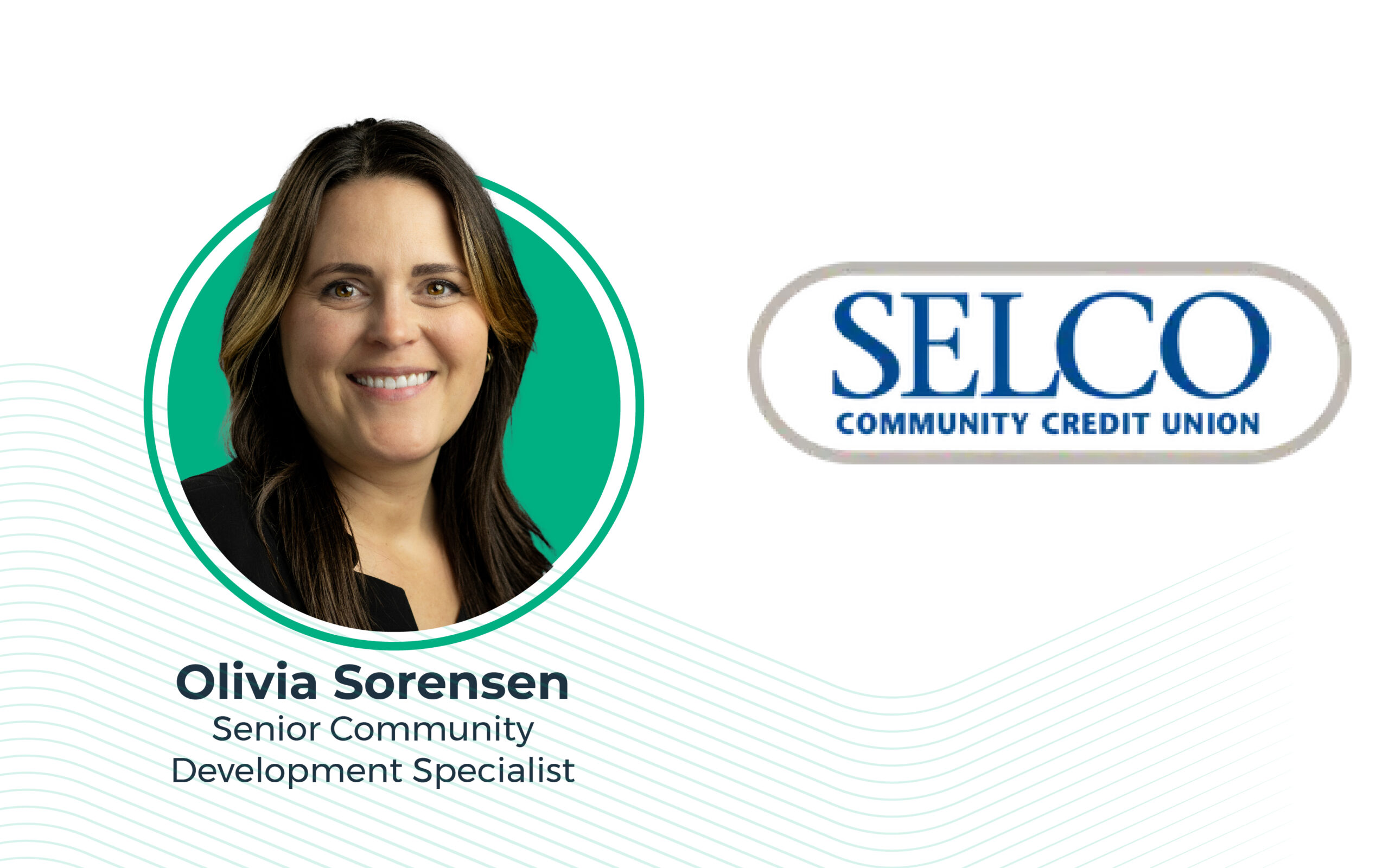Teachers Make Sacrifices for the Good of Their Classroom – How Credit Unions Can Support Them
September 10, 2024

By Olivia Sorensen, Senior Community Development Specialist, SELCO Community Credit Union
A new school year has a unique way of stirring excitement in students, parents, and teachers. But turning the page on a new school year also brings something many students and parents don’t see: Sacrifices made daily by public school teachers across the state.
As you read this, educators are setting up their classrooms and doing everything they can to make sure learning environments are the best they can be for their students. And those teachers often dip into their own pockets to do it.
Not just a little bit, either.
According to a 2023 survey of more than 1,100 educators by the Association of American Educators, nearly 97% of public school teachers use personal funds to cover classroom supplies, averaging nearly $700 per year per teacher. If Oregon’s more than 30,000 public school teachers spend near the national average each year, that would amount to more than $20 million in out-of-pocket educator spending.
That’s a remarkable amount of money.
SELCO Community Credit Union, based in Springfield, Ore., has responded to the burden placed on public school teachers by directing much of its SELCO Steps Up community giving program to address this issue.
This year, SELCO has more than doubled the value of our Creative Educator Grants, designed for K-12 educators with creative classroom ideas but lacking funds to get those projects off the ground, to as much as $2,500 per grant recipient (up from $1,000). In 2024, SELCO is also launching an annual Classroom Makeover program, which will fund the transformation of three K-12 classrooms (or libraries, gymnasiums, or outdoor spaces—wherever learning takes place) for as much as $15,000 each.
In all, SELCO has pledged $125,000 to two programs designed to ease this burden on Oregon educators and give a boost to their students.
For a community credit union like SELCO, founded by teachers in 1936, this represents a significant investment. But it is only a fraction of what educators need to fill the funding gap. In a perfect world, public funding would be more than adequate to empower teachers in sparking a love of learning in their students and in creating a space where learning can be engaging, inclusive, and transformative. But the world is not perfect, and teachers need our help because the work they do affects our entire community—even those of us without students at home.
Figuring out how and where to help can be intimidating, even for the most passionate among us, but there are several ways credit unions can help educators that don’t require a big team or budget.
Credit unions can partner with schools to provide supplies, volunteer time, or offer financial support. Lean into your expertise and experience, which will help you make a real and significant difference. Reaching out to local education foundations can also surface needs of all sizes, whether spaces to host used book drives or positions on volunteer committees or boards.
Use platforms like DonorsChoose.org and Amazon Wish Lists, which let educators post specific classroom requests, to identify and meet needs that are specific to your areas. These platforms can even help identify common threads among local educators, which might inspire a larger effort within your organization.
Encourage interested team members to support parent-teacher associations through volunteering. At SELCO, we regularly post volunteer opportunities of all kinds for our team members, even if we’re not sponsoring the organization or activity directly. It’s an easy way to create visibility for community partners (after all, you can’t support what you don’t know about).
When we support educators, we’re not just funding classrooms – we’re fostering a generation of learners who will shape the world. It only makes sense that we come together as a community to ensure our teachers have the necessary resources to continue the invaluable work that benefits us all.
Posted in Community Impact, Oregon, Public Awareness, Regional Member News.


















